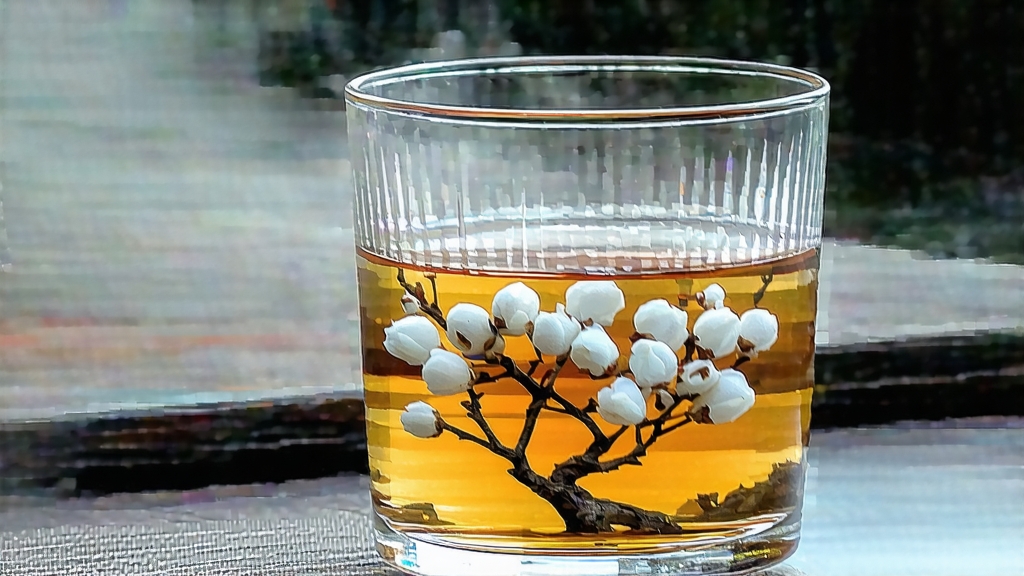
When Chinese tea lovers speak of “white tea,” they are not referring to a cup of milky brew, but to the most minimally processed of all the six great tea families. Within that rarefied category, one cultivar rises like a slender moonbeam above the rest: Fuding Silver Needle, or Bai Hao Yin Zhen. Composed exclusively of unopened leaf buds plucked during a fleeting spring window, this tea is prized for its velvet sweetness, cooling mouthfeel, and uncanny ability to age into deeper honeyed nuances. To understand Silver Needle is to glimpse the Chinese philosophy of “letting things be,” where restraint becomes the highest form of refinement.
Historical whispers place the birth of white tea in the Song dynasty (960-1279), when imperial tribute lists first recorded “white down tea” from Fujian’s northeast mountains. Yet the name Silver Needle does not appear in court annals until the late Qing, when improved roadways allowed Fuding’s downy buds to reach coastal ports and, eventually, European apothecaries who marketed them as “white downy tea buds for longevity.” Unlike pu-erh or dragon-well, Silver Needle was never a commoners’ drink; its production was micro-lot, labor-intensive, and therefore aristocratic by default. Even today, only roughly ten percent of all white tea exported from China qualifies as authentic Fuding Silver Needle, making it the quiet luxury of the tea world.
Geography is destiny. The tiny Fuding county, wedged between the ocean and the Wuyi range, enjoys a maritime monsoon climate: mild winters, fog-drenched springs, and acidic red-yellow lateritic soil rich in quartz and trace minerals. Two local cultivars dominate: Fuding Da Bai (“Big White”) and the even more delicate Fuding Da Hao (“Big Down”), whose buds can reach 3.5 cm in length and are so densely covered in white trichomes that they look dipped in frost. These hairs are not mere ornament; they store the aromatic terpenes that give Silver Needle its signature lilac-and-melon nose. Because the bushes grow slowly at elevations between 400 and 800 m, amino acids accumulate while polyphenols stay gentle, ensuring a sweet, non-astringent cup impossible to replicate elsewhere.
The crafting of Silver Needle is a meditation on abstinence. Once buds are picked—always before Qingming festival when overnight temperatures still dip to 10 °C—they are laid in shallow bamboo trays and left to wither for 36 to 48 hours, kissed by mountain breezes and filtered sunlight. No pan-firing, no rolling, no shaking; just time and air. Master withers speak of “reading the sky,” shifting trays under awnings if the sun grows assertive, or into gentle wind tunnels if humidity clings. When moisture drops to around 10 percent, a final low-temperature bake—no hotter than 40 °C—locks in the fragrance without caramelizing leaf sugars. The entire process is less manufacturing than babysitting, and a single lapse—overnight rain, an over-eager heater—can flatten the tea’s ethereal lift into hay.
Because the buds remain structurally intact, Silver Needle is one of the few teas that rewards decades of aging. Enzymes stay active, slowly oxidizing from within and darkening the leaf while transforming fresh bean-sprout notes into dried apricot, marzipan, and eventually camphor and Chinese dates. Connoisseurs store cakes of compressed Silver Needle in clay jars, opening them only on mid-autumn nights to compare vintages much like Burgundy collectors. A 2012 cake we tasted recently offered a liqueur-like thickness, its golden liquor leaving a cool mentholated finish that lingered five minutes after swallowing—proof that white tea, though delicate, can possess the architectural depth of a Barolo.
Brewing Silver Needle is where Western impatience often falters. The buds are tightly constructed; rushing them with boiling water scorches the surface while leaving the core asleep. The Chinese gongfu approach treats the tea like a shy guest: awaken it gradually. Start with 5 grams in a 120 ml gaiwan, rinse once at 75 °C for five seconds to open the pores, then steep 20 seconds at 80 °C. Each infusion can be lengthened by ten seconds; good needles yield eight to ten clear brews, the fifth often cited as the “peak” where